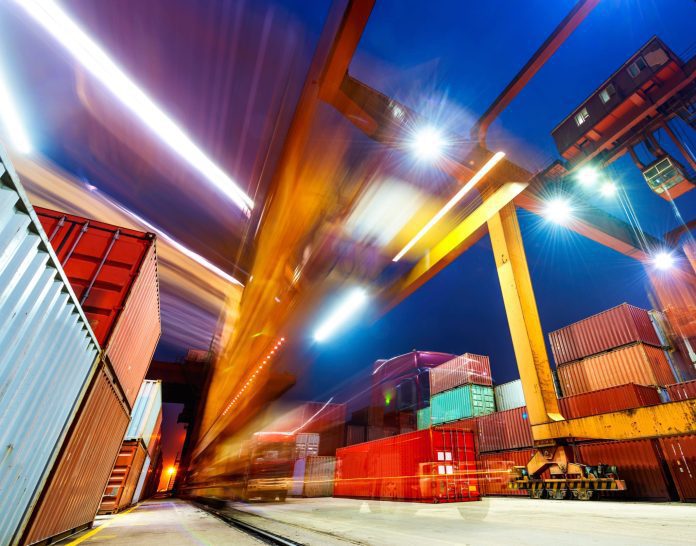Vodafone, Huawei, China Mobile, ZPMC partner on smart port development
ZURICH–Port facilities serve as a crucial link in the global supply chain and, as an extension of that, global commerce. Given this key role, harnessing technology to develop smart port solutions is a major focus of the telecoms industry, which sees 5G as a silver bullet of sorts that can drive efficiency and productivity.
During Huawei’s Mobile Broadband Forum this week, a range of stakeholders discussed their joint vision for smart ports and discussed how pilot projects are ramping up ahead of widespread availability of 5G.
In a panel discussion including representatives from carriers China Mobile and Vodafone, network infrastructure vendor Huawei and port equipment manufacturer ZPMC, executives pointed to automation as the future of port operations.
But automation at scale isn’t easy; it’s a complex combination of technologies that were described in an equally complex initialism: AICDE, which apparently stands for artificial intelligence, internet of things, cloud computing, data analytics and edge computing.
As a reference point, 10 of the world’s busiest ports are in China, which, in total has some 150 coastal ports and 2,000 inland ports. As such, Chinese companies are pushing to drive efficiency amid increasing volume. According to a new whitepaper, the world’s 20 busiest ports in the world handled around 340 million 20-foot equivalent units, a key metric in port operations. That’s a 3.23% year-over-year increase that shows no signs of slowing.
A ZPMC representative said port automation is possible today but requires 5G to continue to advance. The combo of technologies covered by AICDE “has led to a rapid, profound change in traditional industries. Port, terminals all over the world are now undergoing transformation from traditional manual operation to the era of automation and intelligence.”
As a refresher for the non-stevedores out there, a ship filled with containers pulls into a port berth where a quayside container crane picks up a container and moves it to an automated guided vehicle. The AGV then moves the container to a cargo handling area where a gantry crane moves it off the vehicle into a container yard and then onto outside trucks.
Automating all of that requires latency of at least sub-milliseconds, moderate throughput and five-nines of reliability–all of which 5G can address.
Matt Beal, Vodafone Group’s director of technology strategy and architecture, said the company is “extremely excited to think about the opportunities that port optimization has for the 21 countires in which we operate.”
Asked by Enterprise IoT Insights if selling a commercial 5G-based smart port solution with guaranteed service levels can be done today or requires reliability and latency enhancements coming in 3GPP’s Releases 16 and 17, Beal said a standalone core network will likely underpin smart ports but, at a high-level, the technological needs would be based on specific ports’ target applications.

